
The survey team cleaned the surface of a rock at Ho Nhi with Cham inscriptions in Phuoc Ninh commune, Nong Son district, Quang Nam province.
Cham inscription stone
When we found it, the surface of the slab was covered with weeds and rotten leaves. After cleaning the surface, it was revealed to be a fairly coarse-grained volcanic rock of various sizes.
The coordinates of the discovery site are 15.672043 North latitude, 108.051582 East longitude, 7.3km northeast of Thach Bich stele, 12.5km southwest of My Son Temple Complex.
The entire surface of the stone is weathered and covered with green moss. The size of the stone slab is about 10m2 . At the top of the stone slab are carved ancient Cham characters consisting of 6 lines of letters, each line is about 10cm.
Due to natural abrasion, the letters are no longer clear. However, according to consultation from some experts in ancient Cham script, the inscriptions on the stele commonly date from around the 9th-11th century.
We researched and studied the previously compiled Champa stele documents and found absolutely no information about this stele.
Very few local people know the exact location of the stele, so we assume that this is a newly discovered stele in Quang Nam. We name this stele according to the name that local people call the location where the stele was discovered.
Traces of Champa culture
Since the beginning of the 20th century, French scholars have discovered inscriptions carved on natural stone, on steles or architectural structures, statues or reliefs at temple towers in many locations of Quang Nam such as: Chiem Son, Hon Cup, My Son, Huong Que, Duong Mong, Dong Duong, Phu Thuan, An Thai...

Scan of Cham inscription discovered in Phuoc Ninh commune, Nong Son district, Quang Nam province.
In Nong Son district alone, although no Cham architecture has been discovered before, the Thach Bich stele has been discovered on a natural cliff in Hon Kem Da Dung - the upper source of the Thu Bon River.
Also in this locality, although clear evidence of Cham architecture has not been discovered, there are many stories showing that the Cham people explored this land very early.
The story of Lady Thu Bon - also known as Bo Bo Phu Nhan, a Cham female general, with both talent and beauty, chose Trung An village (Que Trung commune) as her military base in the past.
Here, along with training soldiers, she also had soldiers organize production, taught villagers how to grow mulberry and raise silkworms, and taught people how to use herbs to treat diseases.
Currently, the construction date of Lady Thu Bon Palace has not been determined. And it is also possible that the palace was built on the foundation of an ancient Champa architectural work.
In 1908, a French assistant of the Hoi An Consulate discovered the Thach Bich inscription at Hon Kem Da Dung (Que Lam commune).
The stele consists of two lines of text, which archaeologists believe were carved in the 7th century, along with the construction dates of the My Son Temple Complex, roughly translated as: "Long live the glorious King Parkàcdhama of Champa, the lord of this land, I offer this Siva to you."
The rocky cliff where the squiggly letters are engraved like a talisman is named by the locals as Ganh Da Bua. This inscription is usually submerged under water, and every year on the full moon of August, when the river water recedes, this line of letters is revealed.
Because the Cham people did not have a tradition of writing history in chronological order, all activities were engraved on steles to remind future generations. Natural stone steles such as Ho Nhi, Thach Bich, Hon Cup steles… could be engraved not only as landmarks marking the territory of a small country in a historical period but also as landmarks of the guardian gods of that land.
Therefore, Ho Nhi stele is an important discovery of Cham relics on Nong Son land and is one of the valuable sources of documents for the study of history and culture of the Champa kingdom. Ho Nhi stele contributes to marking that around the 9th - 11th century, Champa residents came to this deserted mountainous land.
Need protection pending decryption
The inscriptions on natural stone may not only be the boundary markers of a small country in the historical period but also the direction markers of the guardian gods of that land. The Ho Nhi stele may also have been engraved for such purposes.

Stone tablet engraved with Cham script.
Ho Nhi Stele is identified as a unique relic with a history of thousands of years. However, the stele is currently located deep in the forest, making access for research and protection quite difficult.
Over time, the stele was often covered by rain, wind, grass, and vines. In addition, the activities of the people living on the rock also caused the writing to gradually wear away. The stele was carved from volcanic rock, with an uneven surface, making it difficult to stamp, translate, and decipher.
Therefore, continuing to research, translate, preserve and protect this relic is not only the task of the people of Nong Son district but also the common task of the cultural sector.
Currently, the image of this stele has been sent to some experts on the Cham language, but it is very difficult to read all of it because many of the letters are blurred. Hopefully, there will be more announcements about the content of the inscription on this stele in the near future.


![[Photo] Ho Chi Minh City: Many people release flower lanterns to celebrate Buddha's Birthday](https://vphoto.vietnam.vn/thumb/1200x675/vietnam/resource/IMAGE/2025/5/10/5d57dc648c0f46ffa3b22a3e6e3eac3e)

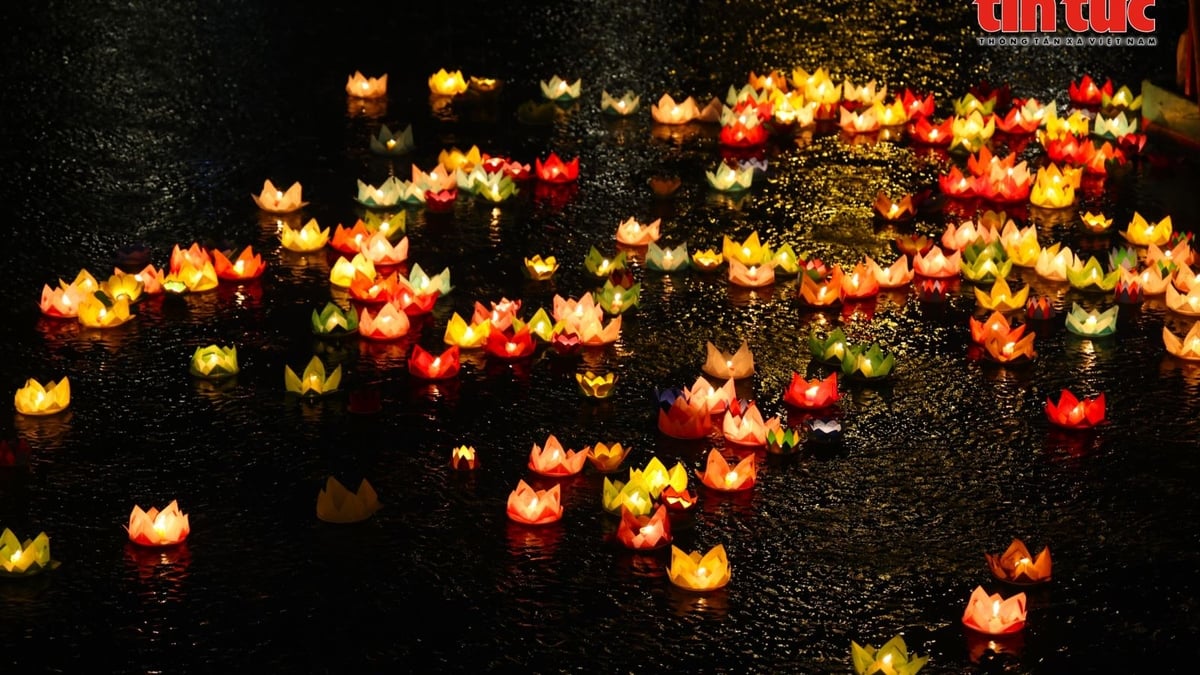

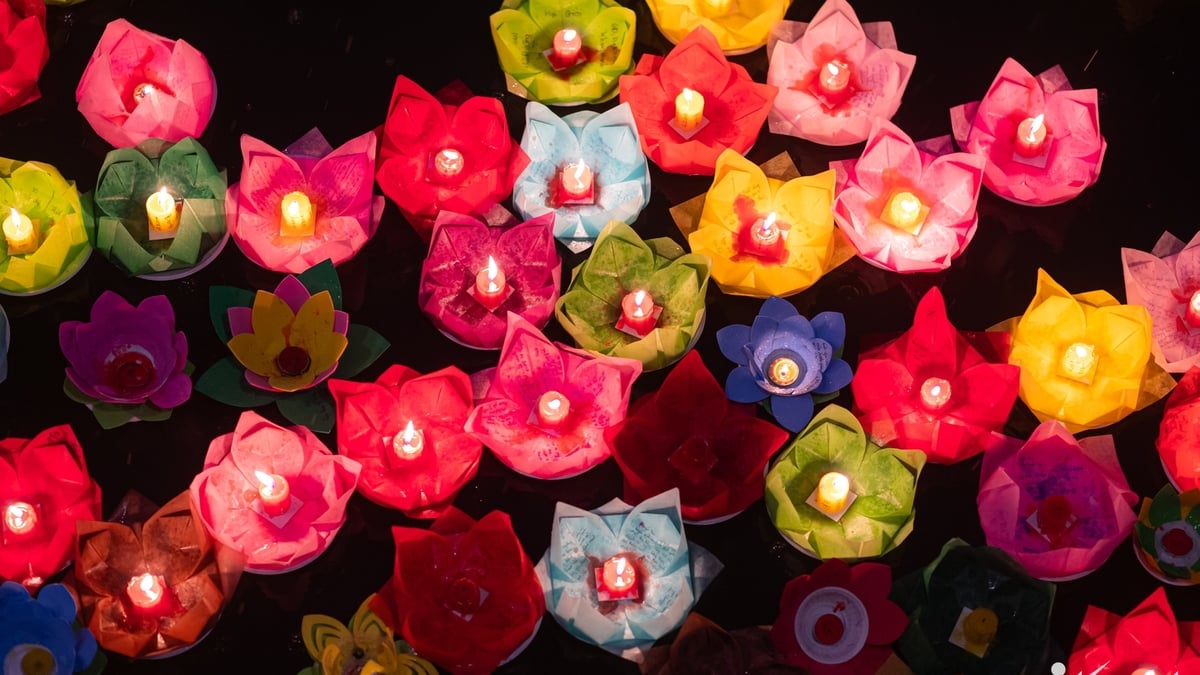
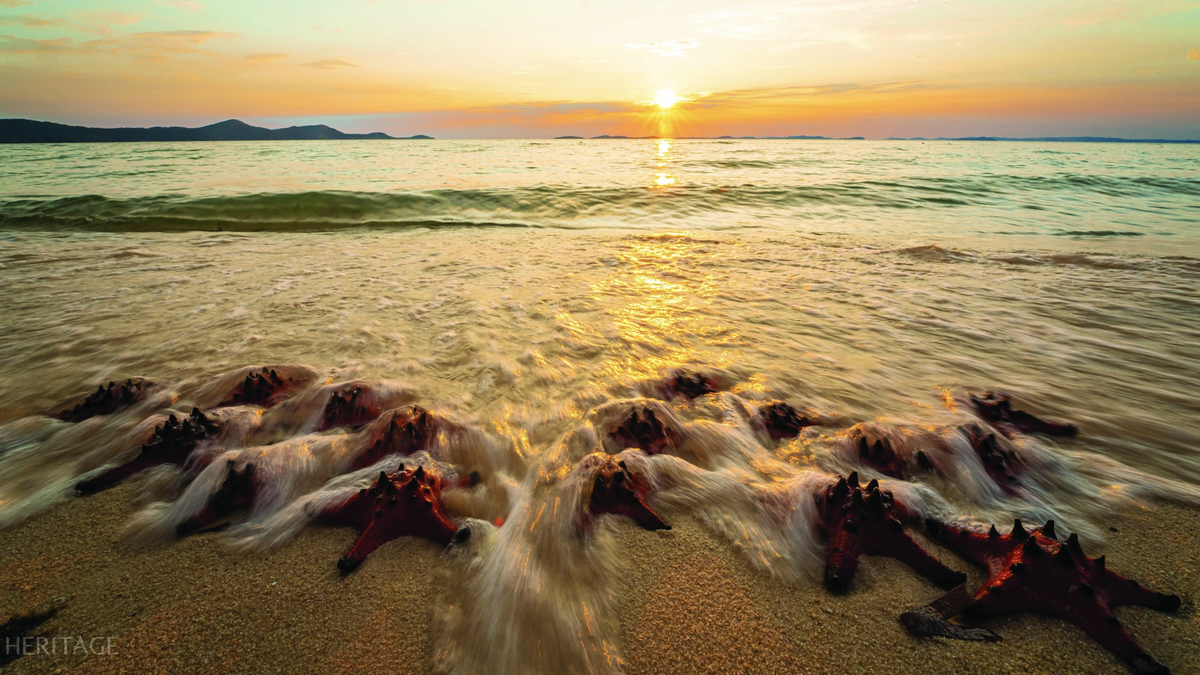





![[REPORT] - Ceremony to celebrate the 50th anniversary of Quang Nam Province Liberation Day and the 95th anniversary of the founding of Quang Nam Provincial Party Committee](https://vphoto.vietnam.vn/thumb/402x226/vietnam/resource/IMAGE/2025/3/24/1d63cd015e6e4a558237e61086a2fa63)











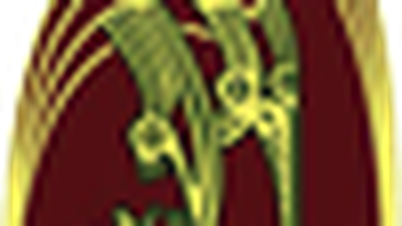



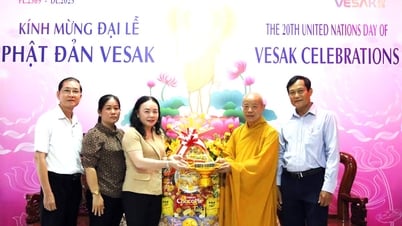
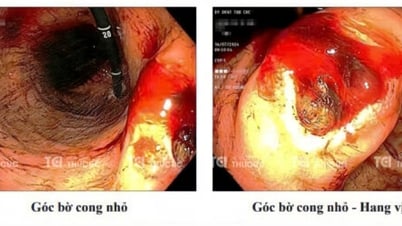
![[Photo] General Secretary To Lam meets with Chairman of the Federation Council, Parliament of the Russian Federation](https://vphoto.vietnam.vn/thumb/1200x675/vietnam/resource/IMAGE/2025/5/10/2c37f1980bdc48c4a04ca24b5f544b33)


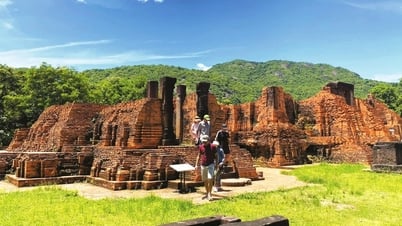





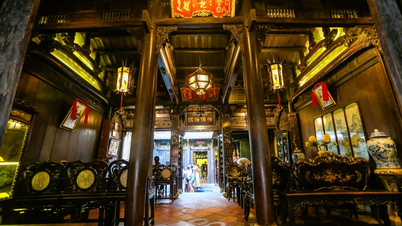
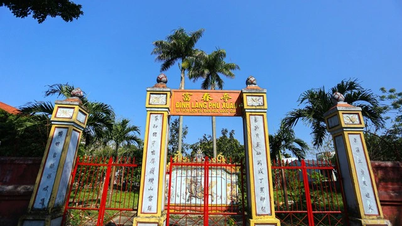

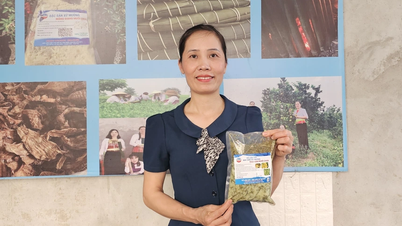


































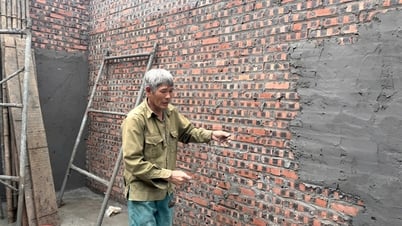




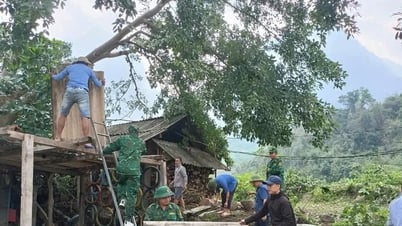




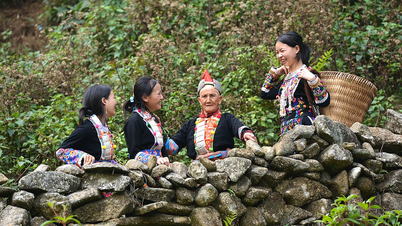








Comment (0)